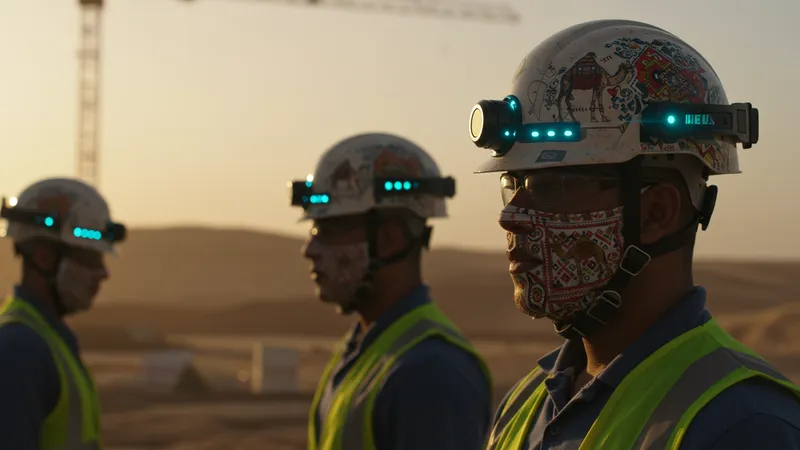
What Safety Equipment Is Used On Construction Sites In Egypt?
The Essential Helmet: More Than Just a Protective Shell
Helmets are a staple on construction sites, but the technology behind these protective hats has evolved significantly. In Egypt, the Helix Safety Helmet is not just about a hard shell; it features electronic sensors that alert safety officials at the first sign of a fall. Although this tech is akin to science fiction, it’s quickly becoming a reality, marking a dramatic shift in how these sites function. But there’s one more twist…

The Camel, a seemingly archaic method of transportation in desert locales, influences helmet design. Designers have incorporated traditional camel regalia techniques into helmets, delivering comfort and stability in soaring temperatures. This cultural adaptation offers more than meets the eye, adding a layer of local craftsmanship. Yet, there’s another helmet innovation that overshadows this…
A recent University study found that helmets with built-in impact sensors reduced injury time by over 50% on-site. This finding emphasizes not only technological advancement but also a stark revelation — many accidents possibly go unreported or misclassified due to outdated practices. The seamless integration of such features promises a safer future, but it also poses the question of sustainability in these worn yank developments…
Some might question if these helmets are a necessity or a luxury. In areas where resources are thin, the tool’s price versus its protective promise leaves stakeholders torn. But as technology becomes cheaper, the line blurs. What you read next might change how you see this forever.